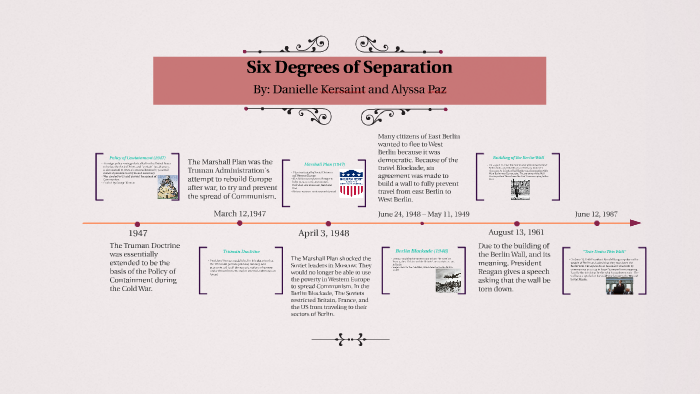
The goal was to have the letter reach a named person they did not know living in another city. The idea of six degrees of separation originated with Stanley Mailgram, an academic social psychologist in the U.S., after his research asking people to pass a letter only to others they knew by name.

The study worked on the premise that two people were considered to be acquaintances if they had exchanged an instant message.Īfter analyzing the minimum chain lengths required to connect all the users in the database, they found the average length was 6.6, with 78% of the pairs connected in seven or fewer links. Horvitz and his colleague Jude Leskovec, used a database that covered all of the Microsoft Messenger instant-messaging network, nearly half of the world’s instant-messaging traffic, in June 2006. But we are showing on a very large scale that this idea goes beyond folklore.” “People have had this suspicion that we are really close. What we’re seeing suggests there may be a social connectivity constant for humanity,” Eric Horvitz, one of the Microsoft researchers assigned to the project, said he found the results shocking, told the Washington Post. However, in recent years the theory had seemed to be discredited. The “six degrees of separation” theory has long intrigued people, even inspiring a popular 1993 movie. They found that, on average, any two people are linked by fewer than seven acquaintances. The researchers reached their conclusion based on the addresses of 30 billion instant messages sent among 180 million people worldwide during a single month in 2006.


used instant messaging data to confirm the theory that it takes just under seven steps to link every one in the world. A study conduced by researchers at Microsoft Corp.


 0 kommentar(er)
0 kommentar(er)
